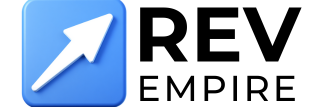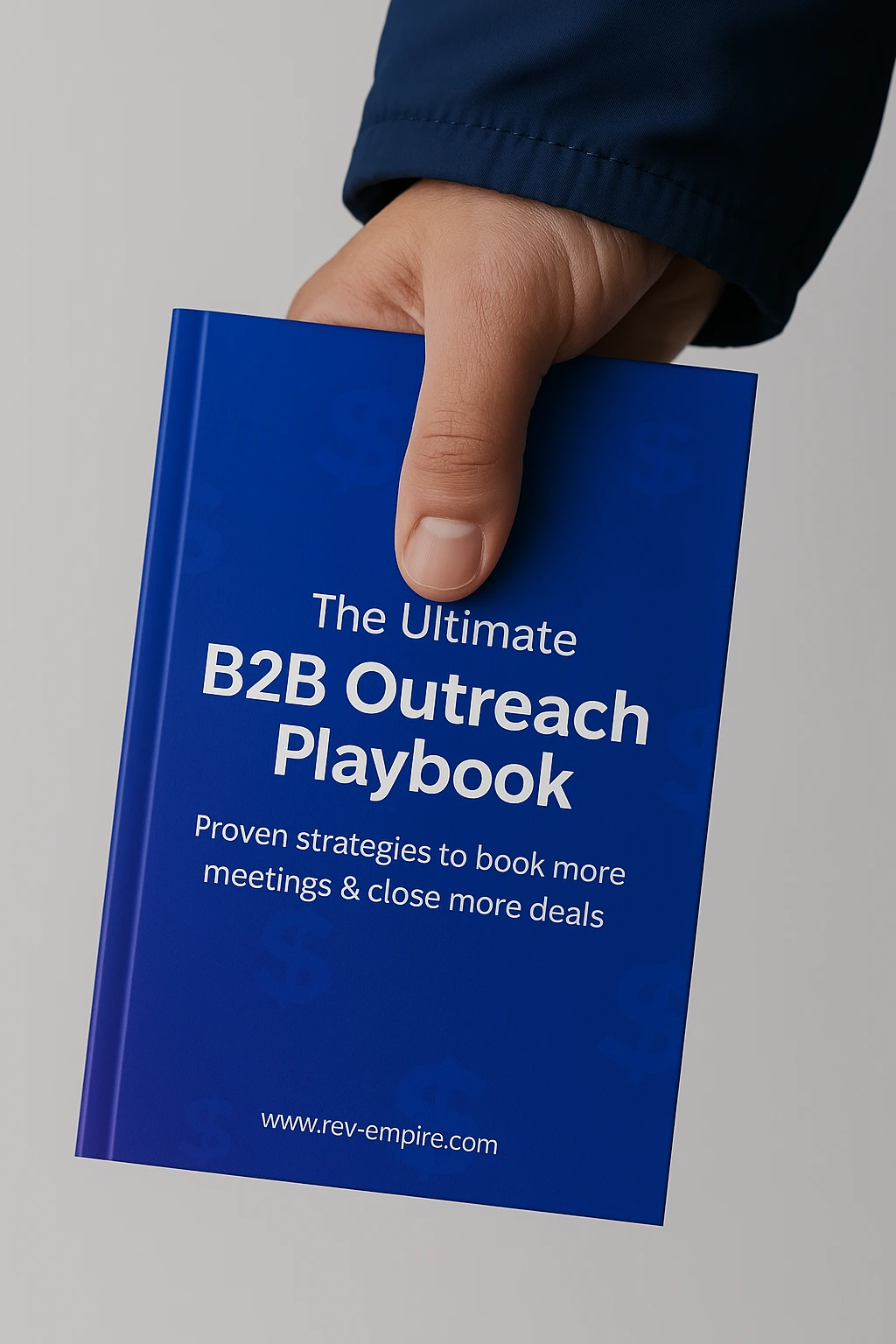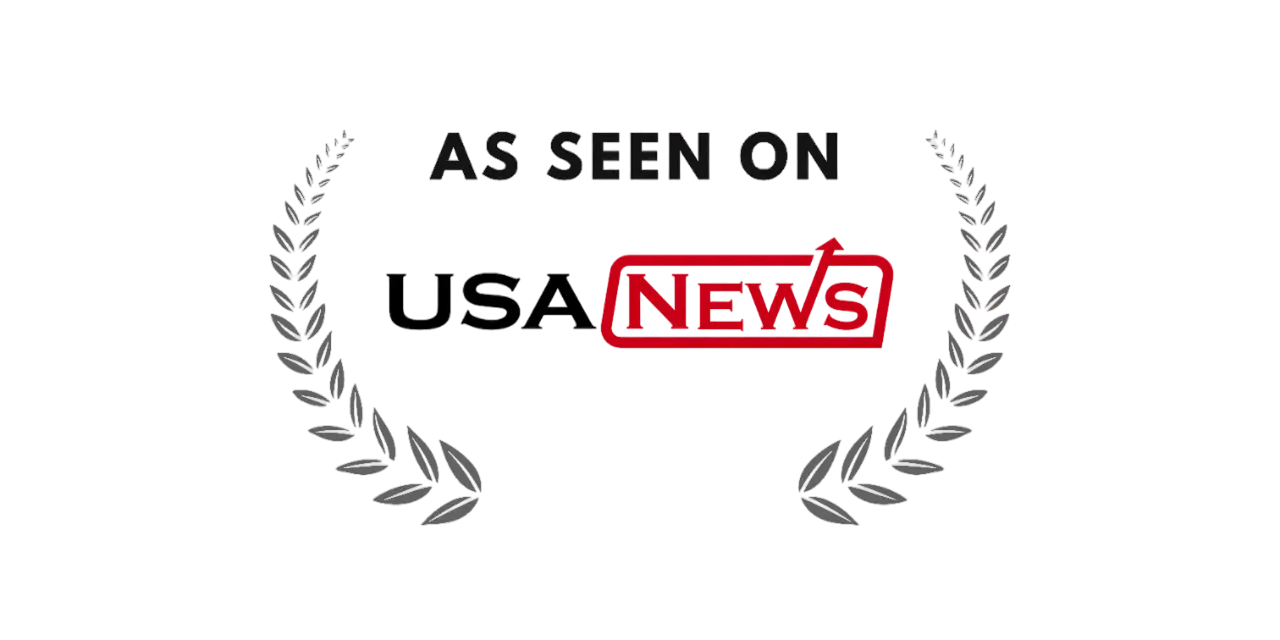How to Increase Event Attendance: 17 Tips for Virtual & Hybrid Events in 2025
📅 Published: Sept 22, 2025 | ⏱️ 10–12 min read
Table of Contents
- Introduction: Why registrations don’t guarantee attendance
- 1. Nail Your Event’s Value Proposition
- 2. Secure Must-See Speakers and Content
- 3. What’s the Optimal Timing and Length?
- 4. Offer Flexible Hybrid or Virtual Options
- 5. Run a Multi-Channel Promotion Campaign
- 6. Simplify and Streamline Registration
- 7. Use Early-Bird Specials and Scarcity
- 8. Implement a Referral Program
- 9. Emphasize Networking Opportunities
- 10. Leverage Speakers, Sponsors, and Influencers
- 11. Can AI Personalization Help?
- 12. Build Buzz with Sneak Peeks and FOMO
- 13. Engage Registrants with Pre-Event Communities
- 14. Prevent No-Shows with Smart Reminders
- 15. Deliver a Great Virtual Experience
- 16. Harness Attendee-Generated Content
- 17. Use Creative Offline Touchpoints
- Conclusion: Turning attendance into pipeline
Introduction: Why registrations don’t guarantee attendance
Getting people to register for your B2B event is only half the battle – the real win is getting them to actually show up.
Di you know the average webinar or virtual event only converts about 35–45% of registrants into live attendees. That means more than half of your sign-ups never make it through the door.
It’s time to change that!
From using AI to personalize outreach to creating FOMO that makes skipping impossible, here are 17 practical strategies to turn registrations into real attendees.
1. Nail Your Event’s Value Proposition (Answer “Why Attend?”)
Start by making it crystal clear what unique value your event offers. B2B professionals are busy – they’ll only attend if it solves a real problem or offers knowledge they can’t get elsewhere.
As one events guide puts it, getting people to show up “boils down to creating undeniable value and communicating it effectively”.
In practice, that means tailoring your agenda to your audience’s biggest pain points and spelling out the concrete takeaways or exclusives they’ll gain by attending.
When your invite answers “What’s in it for me?” in one compelling sentence, you are far more likely to see those registrations turn into actual attendees.
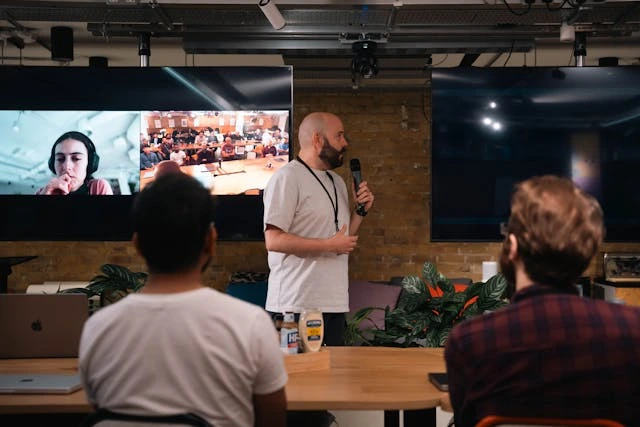
2. Secure Must-See Speakers and Content
Content is king for event attendance. High-profile or highly relevant speakers and topics can be a massive draw.
In fact, 70% of attendees say in-person events are their best source of professional content and training – so stack your event with the kind of insights people can’t wait to learn.
Whether it’s an industry expert, a case study with fresh data, or a live demo of an innovative product, make sure your program screams “don’t miss this.”
Highlight these “rockstar” elements in your promotions (think speaker Q&As or session teasers) to get prospects excited to attend.
3. What’s the Optimal Timing (and Length) for Your Event?
When you schedule your event can make or break attendance. Research shows that choosing the right date and time – and keeping the duration reasonable – can boost participation by up to 20%.
Avoid known holiday periods or major industry conflicts, and consider your audience’s time zones if it’s virtual. For webinars, aim for that 30–60 minute sweet spot (the ideal webinar length is around 30–45 minutes) so it’s easy to fit into busy schedules.
Also, pay attention to signup behavior: for example, 22% of webinar registrations happen on Thursdays, and a surprising 13% of people register on the day of the webinar.
That means you shouldn’t stop promotions too early – time your final reminders to catch that last-minute rush.
4. Offer Flexible Hybrid or Virtual Options
Don’t make geography or travel a deal-breaker. In 2025, many B2B events are thriving by offering hybrid attendance – a mix of in-person and virtual participation.
This isn’t just a nice-to-have; 74% of event attendees now prefer events that offer both virtual and in-person options.
By tearing down location barriers, you open your content to a wider audience that otherwise wouldn’t show up.
Someone who can’t fly out to your conference might happily join virtually – boosting your overall turnout.
The key is to communicate clearly that attendees can choose how to participate.
Whether it’s a live-streamed keynote, an on-demand webinar series, or a small in-person meetup with a virtual component, flexibility equals more seats (real or virtual) filled.
5. Run a Multi-Channel Promotion Campaign (Early and Often)
One LinkedIn post and a single email aren’t going to cut it. To increase event attendance, you need a sustained, multi-channel promotional drumbeat across email, social media, ads, and more.
Start early – the first few weeks after announcement are crucial, with 53% of registrations coming within 30 days (especially if you offer an early incentive).
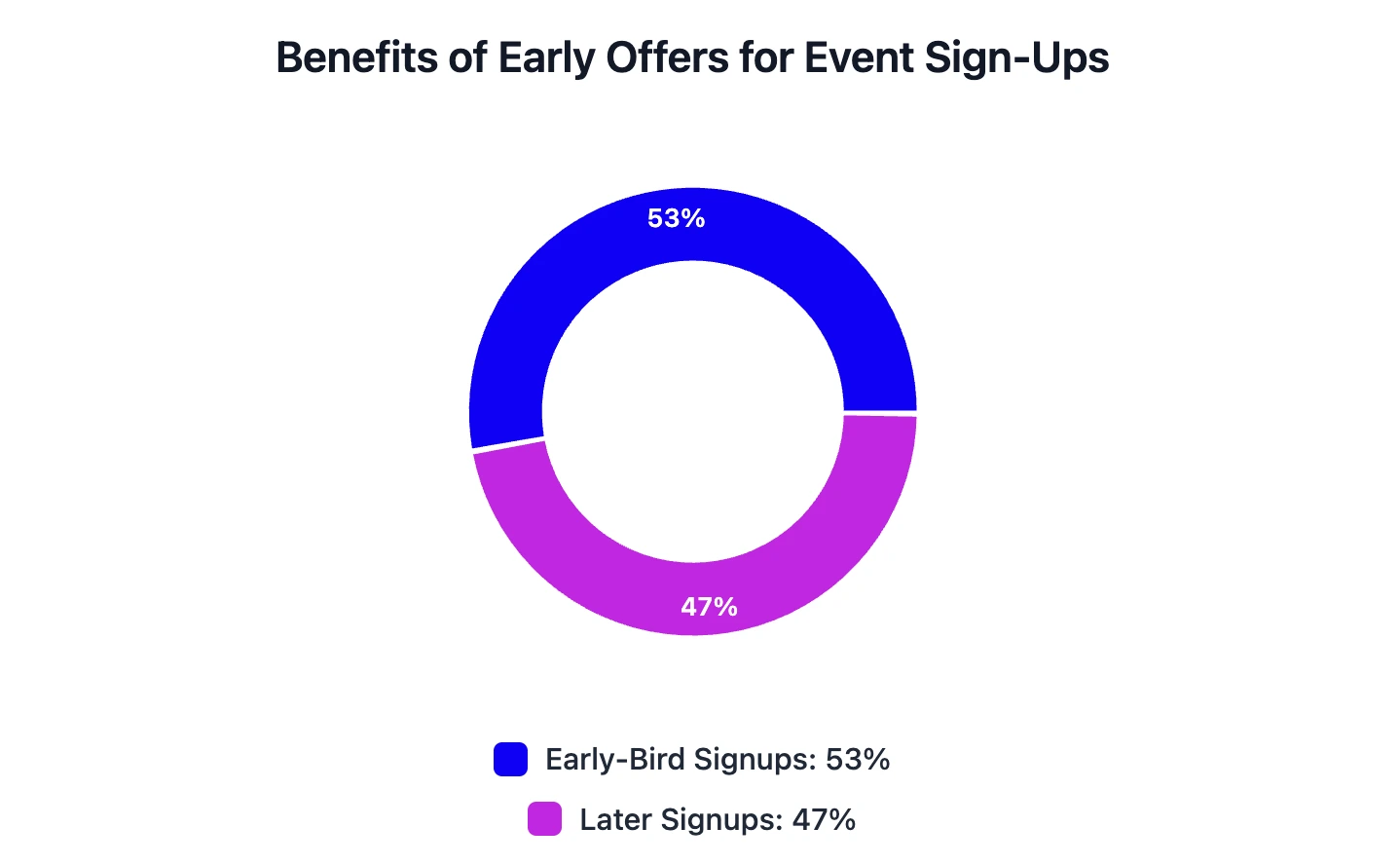
Use email marketing (still the B2B workhorse) and on social media, mix organic posts with targeted ads; share speaker videos, industry-relevant content, and leverage event hashtags to build buzz.
Don’t forget LinkedIn’s event features and groups for B2B outreach.
Paid campaigns can be laser-focused by job title or industry, and attendees are 44% more likely to attend if they see compelling social media promotions (especially from peers).
The bottom line: hit your audience from multiple angles – email sequences, LinkedIn updates, Twitter threads, blog posts, industry forum mentions – so your event stays top-of-mind.
6. Simplify and Streamline Registration
Never underestimate how many potential attendees abandon sign-up because it’s a pain. A smooth, user-friendly registration is one of your most persuasive tools for boosting attendance.
Keep your landing page clean and fast-loading, and especially optimize for mobile – nearly 78% of event registration pages are now mobile-optimized because so many professionals register on their phones.
Ask only for essential info (every extra form field is an opportunity to drop off). Offer one-click calendar adds and immediate confirmation emails.
The goal is to eliminate friction: if registration feels easy and modern, it sends a signal that your event will be worth their time (and respectful of it).
As a bonus, fewer hurdles at sign-up mean more of those interested folks actually lock in their spot, directly increasing your attendance numbers.
7. Use Early-Bird Specials and Scarcity to Create Urgency
Deadlines drive action. One proven event attendance strategy is to incentivize people to commit early by using limited-time offers.
Early-bird discounts, “super early bird” tiers, or even bonus perks for the first X registrants can spark FOMO and urgency.
In fact, offering an early discount can front-load your registrations – over 53% of signups often occur in the first month of an event launch when early-bird deals are on the tables.
Make the most of that window: highlight how many spots or days are left at the special rate. Scarcity motivates in B2B just as in B2C; nobody wants to be the person who missed out on saving 20% or securing a VIP seating that sold out.
By the time your early-bird period ends, you’ll have a solid base of committed attendees (and their presence becomes social proof to convince the rest).
8. Implement a Referral Program (“Bring a Colleague” Incentives)
Turn your registrants into your recruitment team. Referral marketing is a powerful yet underused way to boost event turnout.
The concept is simple: offer a small reward or perk (discount, swag, gift card, VIP upgrade) to attendees who successfully refer others to register. This taps into word-of-mouth trust – people are far more likely to attend an event recommended by a peer.
It works: studies found that referral marketing can increase event attendance by at least 20% for online events.
Even better, referred attendees tend to be higher quality – converting 2.5× more often into customers or leads.
For a webinar, you might give referrers access to an exclusive Q&A session; for a conference, maybe a free workshop or a Starbucks card for each colleague they bring along.
By gamifying registrations in this way, you not only boost your numbers, but also build a community vibe as groups come in together.
9. Emphasize Networking Opportunities and Community
For many B2B attendees, the chance to network is the reason to show up. Make sure you’re promoting the people-aspect of your event, not just the content.
Whether it’s live networking mixers, breakout discussion groups, or an online community for registrants, highlight how attendees will connect with valuable contacts and experts.
81% of event-goers say meeting experts and 68% say meeting new peers are key reasons they attend in-person events.
So tease those roundtables, “ask an expert” sessions, or even your event app’s networking feature.
If you can, enable AI-powered matchmaking that pairs attendees with others who have similar interests or complementary needs – this tech-driven twist in 2025 can be a big draw.
When invitees see they can grow their network or even find business opportunities by attending, they’ll be much more likely to commit.
10. Leverage Speakers, Sponsors, and Influencers as Amplifiers
Don’t do all the promotion alone – enlist your event partners and advocates. Your speakers, sponsors, and industry influencers have their own followings who trust them.
Arm these partners with easy-to-share content (pre-written social posts, email blurbs, event graphics) so they can spread the word.
This third-party endorsement can significantly boost credibility and reach.
In fact, attendees are far more likely to register if they see the event promoted or endorsed by someone they know or follow.
For example, if a well-known CEO is speaking, a quick LinkedIn post from them about “Join me at XYZ event” can send a surge of sign-ups.
You can even create a unique referral link or code for each partner to track the impact.
This isn’t about competitors – it’s about allies: think industry associations, non-competing companies, or micro-influencers (like popular bloggers or podcasters in your niche).
When your event gets talked up in multiple trusted communities, attendance will get a healthy boost.
11. Can AI Personalization Help Boost Event Attendance?
Absolutely. 2025 is the year AI moves from buzzword to real-world tool in event marketing. AI can crunch data to target the right invitees and personalize outreach at scale – and it’s quickly becoming standard.
87% of B2B marketers are now using AI in their webinars and virtual events, often to tailor content and communications.
How can you leverage it?
For one, AI-driven email platforms can send smart reminders that insert each prospect’s name, company, or even a custom content snippet based on their industry.

AI can also analyze past attendee data to predict who’s likely to attend and flag those who might need an extra nudge.
Even chatbots powered by AI on your event page can answer questions in real-time, easing concerns and boosting conversions.
The result is attendees feel the event was made for them.
In fact, about 50% of event organizers plan to use AI specifically for personalized attendee experiences, knowing it drives satisfaction and repeat attendance.
When your invite feels less like a mass blast and more like a tailored offer to solve their problem, expect your “Yes, I’ll attend” rate to climb.
13. Engage Registrants with Pre-Event Communities and Content
If you want people to show up, make them afraid to miss out. Leverage content marketing to create mini “previews” of the value your event will deliver.
For example, release a short video clip of a speaker dropping a knowledge bomb, share behind-the-scenes photos of cool event prep, or tease an interactive element (“We’ll have an AI photo booth – check out a sample of the fun pics it creates!”).
These sneak peeks tap into FOMO and excitement. People start picturing the event experience and thinking, “That looks awesome – I want in.”
Social media is your friend here: post these teasers on LinkedIn, Twitter, or even Instagram if appropriate, and encourage sharing.
Also, highlight any exclusive or one-time-only aspects (“be the first to hear our new research,” “limited live Q&A spots”).
This way, your marketing isn’t just “Please come”; it’s “Here’s a taste – imagine what you’ll get if you attend.”
According to experts, that kind of buzz coupled with social proof is “infinitely more powerful than any ad” for convincing last-minute fence-sitters.
13. Engage Registrants with Pre-Event Communities
Don’t go radio-silent after someone registers – the period between sign-up and event is golden for keeping people engaged (and committed).
Create a space or provide content to build a sense of community before the event begins.
For instance, you might invite all registrants to a private LinkedIn or Slack group, or activate a forum in your event app. Encourage intros and discussions on topics related to the event.
You can also drip out exclusive content: a “welcome” video from the host, a recommended reading list, or a short pre-event survey/poll to get them involved. These tactics give registrants a taste of the value and investment in the event before it even starts.
They start to feel part of something. As Snapbar’s event engagement report notes, when attendees connect and converse ahead of time, it “builds a real sense of community” and dramatically reduces no-shows.
Basically, you are turning passive sign-ups into active participants. By the time Day 0 arrives, they are excited, informed, and far less likely to flake, because they’ve already put time and interest into your event’s mini-community.
14. Prevent No-Shows with Smart Reminders and Personal Touches
Even excited registrants can forget or get double-booked – so your job is to keep them on board with well-timed reminders.
But don’t settle for generic “Don’t forget our event!” emails.
Elevate your reminder strategy in 2025: send a sequence of emails and maybe SMS notifications that each add value.
For example, a week out, send a “Here’s what you can look forward to” update with final agenda highlights. A day before, shoot a quick reminder (SMS can work well here with opt-in) including a calendar link and a note like “We’re excited to see you tomorrow!”
Personalize these communications – use the attendee’s name and, if possible, mention a session or topic you know they showed interest in.
Data shows that such thoughtfully timed reminders can boost actual attendance significantly – incorporating reminder emails and optimal timing has been shown to lift participation rates by as much as 20%.
For high-value attendees (say, that big prospect your sales team invited), consider a personal phone call or a one-to-one email from their account rep to confirm they have everything they need.
The message should be warm and reinforcing: we are excited to have you, here’s a quick way to get there, and you don’t want to miss it.
This level of care can dramatically increase your show-up rate on the day of the event.
15. Deliver a Great Virtual Experience (Not Just a Stream)
If you are inviting a remote audience, treat your virtual attendees as first-class participants – a bland one-way livestream won’t cut it.
The more engaging and interactive your virtual experience, the more people will attend and stay till the end.
Assign a dedicated virtual host or emcee to greet online attendees, field their questions, and keep energy high. Incorporate live polls, chat Q&As, and breakout sessions for the online folks so they feel involved, not invisible.
Consider offering exclusive content for the virtual audience – e.g. a behind-the-scenes tour or an extra Q&A with the speaker.
Why invest in this?
Because virtual attendance is booming and can significantly boost your reach: the market for virtual events is exploding (projected to double between 2025 and 2029) and these formats can cost 75% less while capturing 30% more leads than purely in-person events.
Plus, virtual attendees tend to be highly motivated by content – 80% say they attend online for the educational value above all.
If you deliver that value in an engaging way, they’ll show up, stay on, and come back for future events.
16. Harness Attendee-Generated Content and Social Proof
Your current attendees can help you get more attendees – for this event (if it’s multi-day or late-registration) and definitely for the next one.
Encourage and facilitate content creation by attendees during the event.
For instance, set up a social media wall or unique hashtag and prompt attendees to share their favorite insight or a selfie at the event.
Create “Instagrammable” moments like an interactive installation or a branded photo backdrop that people want to snap and post. Every time someone posts “Here at XYZ event and just learned ___”, it’s free promotion that might convince a colleague to log on or a follower to check it out next time.
You can also actively capture testimonials: maybe have a quick video booth where attendees answer a question on camera (“What’s the best thing you’ve learned so far?”).
Those short, genuine clips are “marketing gold” for your future event campaigns.
Same with an AI-powered photo booth that gives attendees a cool, shareable image – when they post it, it’s like a micro-ad for your event.
Collect all this UGC (user-generated content) and showcase it in real time if possible (nothing creates FOMO like seeing peers enthusing about an event as it happens).
Post-event, this content becomes social proof to boost attendance at your next webinar or conference. People trust people, so let your attendees’ voices amplify your event’s value.
17. Use Creative Offline Touchpoints to Stand Out
In a digital-fatigued world, sometimes a tangible old-school approach can break through the noise. Consider adding an offline or physical element to your event promotion.
For example, send a classy printed invitation or save-the-date by mail to target accounts – something that lands on their desk, not just their inbox.
Or ship a small promo item or teaser: maybe a coffee mug with your event logo and a note, “Enjoy a cup on us during the webinar.”
These unexpected touches can make a big impression.
Direct mail in B2B marketing has seen a resurgence because it feels personal – over half of millennials (54%) and 61% of older professionals say postal mail ads feel more personal than digital ads. And they work: 97% of direct mail users report high response rates.
Even advertising offline can help for big events – one study found 14% of people attended an event after seeing an outdoor billboard or poster for it.
So if you have industry hubs or campuses where your audience clusters, a well-placed physical ad could drive last-minute registrations.
The key is novelty: when everyone else is blasting emails, that creative postcard or swag pack you send will set your event apart.
It shows extra effort and professionalism, which reflects on the quality of the event itself – nudging more prospects to say “Yes, I’ll be there.”
Conclusion: Turning attendance into pipeline
You don’t have to settle for half-empty webinars or no-show registrants. By applying these 17 strategies – from AI-driven personalization to good old-fashioned personal touches – you can pack your B2B events with engaged attendees in 2025.
It’s all about meeting your audience where they are, removing friction, and building genuine excitement and trust.
And you don’t have to do it alone.
Rev-Empire specializes in helping companies fill their events with the right people – and then convert that engagement into real pipeline growth.
If you are ready to not only boost event attendance but also drive tangible ROI from your events, Rev-Empire is the partner that can make it happen.
Let’s turn those filled seats (or logins) into business wins together!
Categories
Recent posts
Share on socials
FAQs about event marketing in 2025
What is a realistic benchmark for B2B event attendance in 2025?
For in-person or hybrid conferences, a turnout of 50–65% of registrants is considered strong. For webinars, the average benchmark is 35–45%. Benchmarks vary by industry, so compare against similar events in your niche.
How many reminders should you send before an event?
The sweet spot is three reminders: one a week before, one a day before, and one a few hours before the start. This cadence keeps your event top of mind without overwhelming your audience.
Are shorter or longer events better for attendance in 2025?
Shorter sessions perform better. Webinars typically see the highest attendance when they run 30–45 minutes, while longer events should be broken into interactive segments to prevent drop-off.
Should you charge for B2B events or keep them free?
Free events attract more registrations, but charging a small fee or deposit increases the chance people will attend. Even a nominal cost creates commitment and reduces no-shows.
What if I don’t have the resources to run these attendance strategies myself?
If you lack the time or team to handle event promotion, you can partner with an agency that specializes in outreach and lead generation. Our Rev-Empire packages are designed to help businesses of all sizes fill their events with the right audience.
